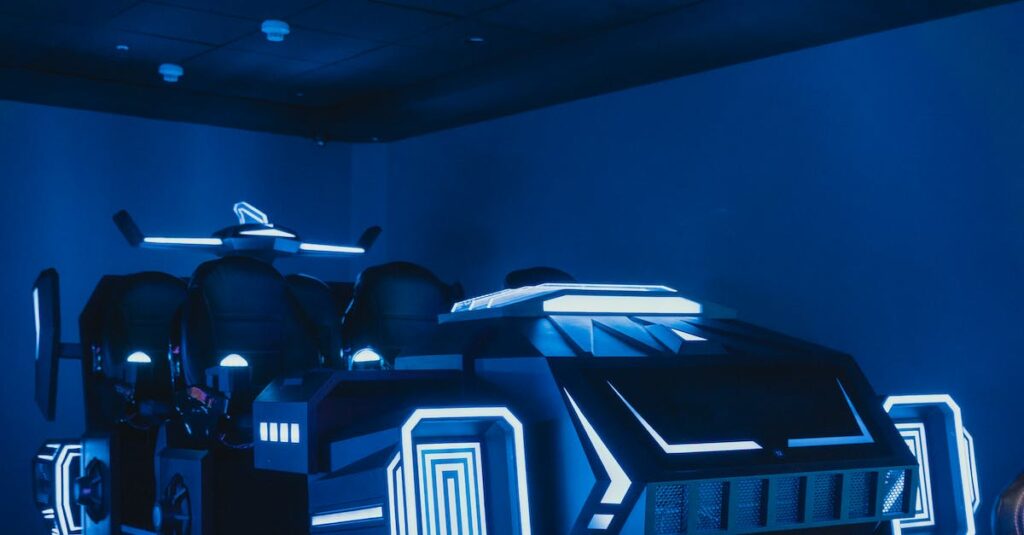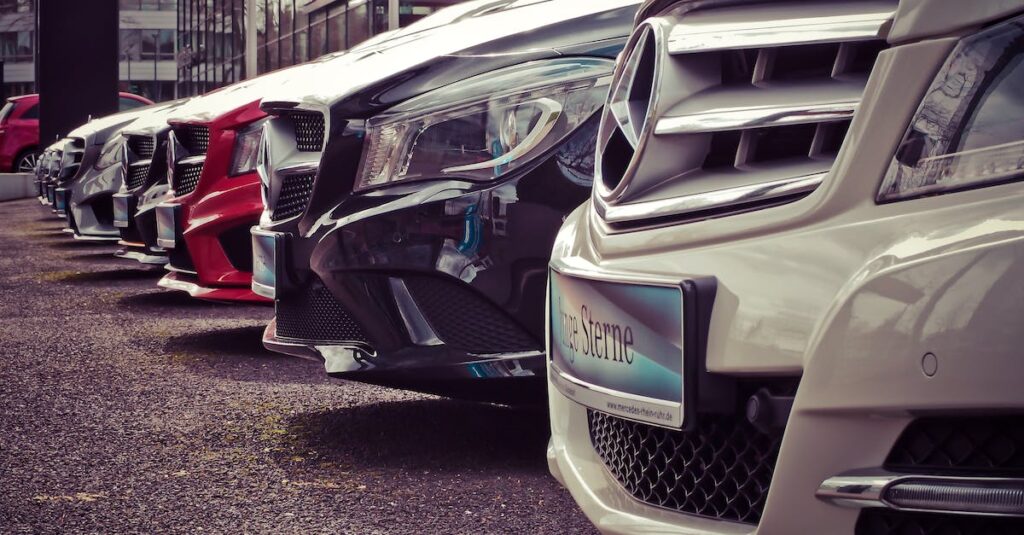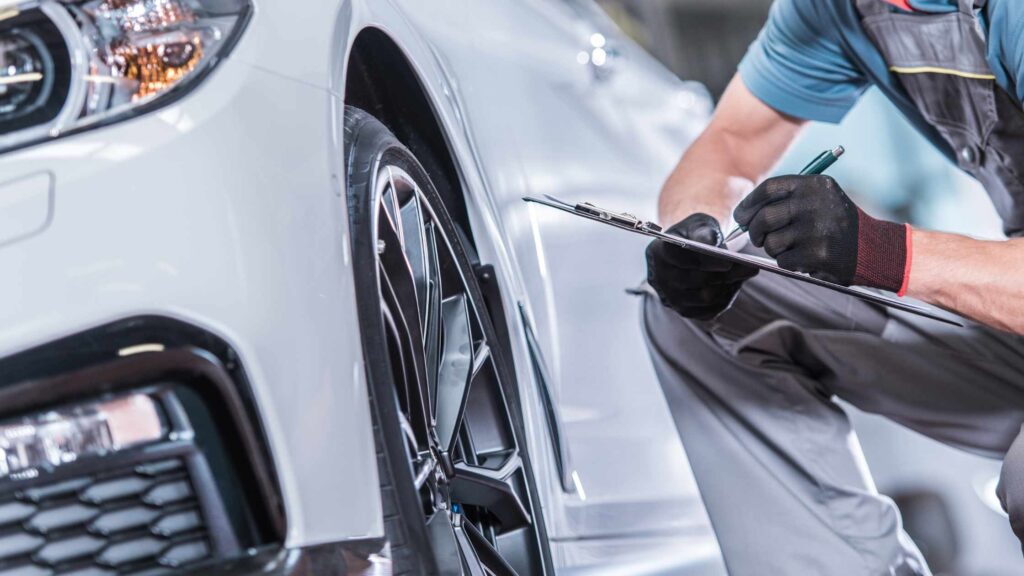Car manufacturers are constantly looking for innovative ways to streamline their design and production processes. One technology that has gained significant traction in recent years is virtual reality (VR). By harnessing the power of VR, car manufacturers are able to revolutionize the way they develop and build vehicles. In this article, we will take a behind-the-scenes look at how car manufacturers use virtual reality to enhance their operations and create better cars.
Designing the Future
Virtual reality has become an integral part of the car design process. Traditionally, car designers rely on sketches and physical models to bring their ideas to life. However, these methods are often time-consuming and limited in terms of interactivity. With VR, designers can now create and explore virtual car models in a three-dimensional space.
By wearing VR headsets, designers can visualize their concepts in a way that was never before possible. They can walk around the virtual car, inspect every detail, and make adjustments on the fly. This allows designers to get a better sense of how the car will look and feel in the real world, ultimately leading to more refined designs.
Virtual Prototyping
Prototyping is an essential part of the car manufacturing process. It involves building physical models of a vehicle to test its functionality and aesthetics. However, physical prototypes can be expensive and time-consuming to create. This is where VR comes in.
With VR, car manufacturers can create virtual prototypes that accurately replicate the real-world experience. Engineers and designers can interact with these virtual prototypes, testing various components and simulating different driving scenarios. This enables them to identify potential issues early on in the development cycle and make necessary adjustments before moving on to physical prototyping.
Improving Collaboration
Collaboration is key when it comes to designing and building cars. However, bringing together teams from different locations can be challenging and costly. Virtual reality offers a solution to this problem.
Using VR collaboration tools, car manufacturers can bring teams together in a virtual environment. Engineers, designers, and other stakeholders can join virtual meetings, review designs, and provide feedback in real-time. This eliminates the need for expensive travel and allows for seamless collaboration, even when team members are located on opposite sides of the globe.
Training and Simulation
Virtual reality is not only useful in the design and prototyping stages but also in training and simulation. Car manufacturers can use VR to provide realistic training scenarios for assembly line workers, allowing them to practice complex tasks in a safe and controlled environment.
Furthermore, VR can be used to simulate driving experiences for testing and training purposes. Car manufacturers can create virtual environments that mimic different road conditions and scenarios, providing valuable data for vehicle testing and driver training programs.
The Future of Car Manufacturing
As virtual reality technology continues to advance, its applications in the automotive industry will only grow. From design and prototyping to collaboration and training, VR is transforming the way car manufacturers operate. By harnessing the power of VR, car manufacturers can reduce costs, improve efficiency, and ultimately deliver better cars to consumers.
In conclusion, virtual reality is revolutionizing the car manufacturing process. Car manufacturers are leveraging the power of VR to enhance their design and production processes, improve collaboration, and provide realistic training and simulation experiences. As we look to the future, it is clear that virtual reality will play an increasingly important role in the automotive industry.







